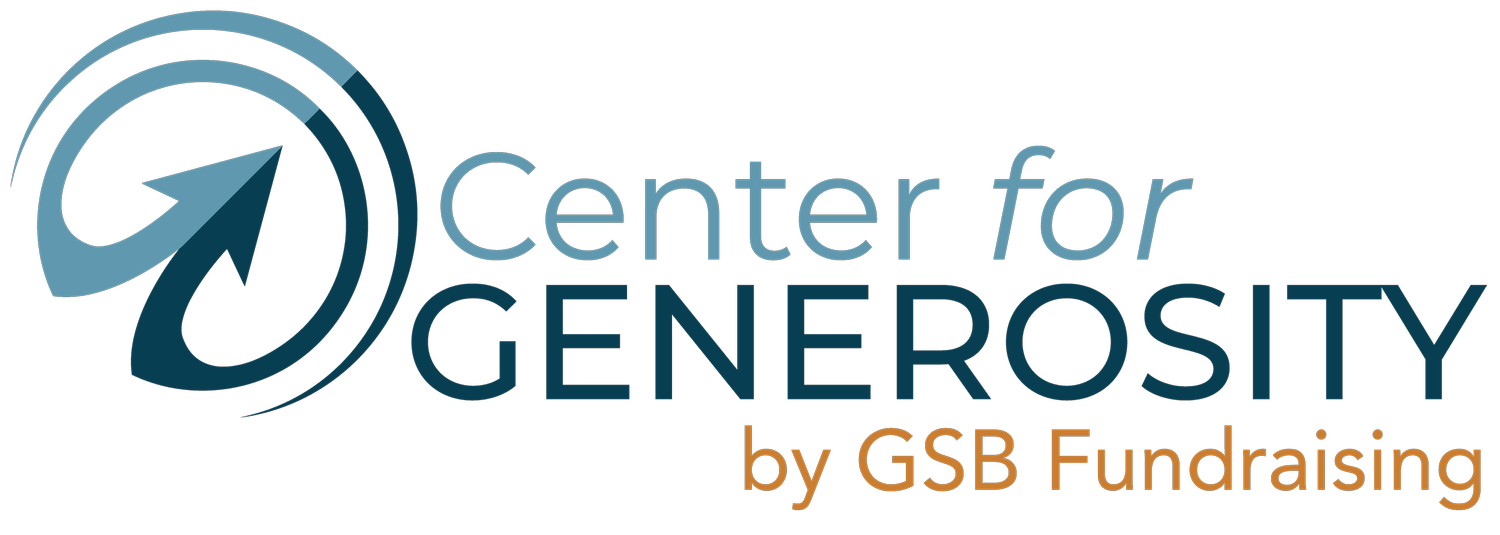Self-Evaluation Communications Audit
This is a great evaluation tool to use with your staff, key volunteers, and board members. Have each of them, or a select group of them complete the evaluation and then discuss the results together. You will each see things a little differently and that knowledge will be helpful in making real changes and improve in giving to your organization.
Deposits Vs. Withdrawals
Let’s start by defining a Deposit and a Withdrawal. As a nonprofit leader with the joy of raising money for an organization, I found that our results improved when we started making more relationship deposits into the lives of our donors. When I say, “improved,” I mean increases in year-over-year giving of 65% to 85%. I refer to this as being “donor first.” Being donor first, means treating people like people. It means seeing them as partners, not ATMs with no fees.
A relationship deposit looks like listening to them, inspiring them, helping them see how their generosity changes lives, and showing gratitude. It means creating a “join me” culture so partnership is formed and cultivated.
In the reverse, a relationship withdrawal sounds like we need, we don’t have enough of, if more people would, show up for this “whatever.” It looks like a basic form thank you letter and no personal touch. It is a withdrawal to ask, but it is a bigger withdrawal if every time they hear from you, it is an ask.
Withdrawals include a breach of trust, or not being transparent. The greatest withdrawal though is never helping a donor connect their generosity to the lives it changes.
The withdrawal list is longer, because well, it has been our go to wiring from years of bad practice as a society. But if we equate it to money, we should treat people like debit cards, not credit cards. We should be making
deposits before we make a withdrawal.
Fundraising Steps
There are four basic steps in the fundraising process. Inside each of them there are action steps and tactics we can use to move the process along. The 4 Steps are Inform, Inspire, Ask, and Thank.
Inform: Tell donors what you do and how you do it. Tell them where you are going as an organization and how you will get there together. Tell them how many lives you change each year.
Inspire: Tell donors about the individual lives you are changing. Tell them stories and give them hope. Help connect their generosity to the impact it is making. Help them “feel” the good you are doing.
Ask: Invite donors to partner with you by asking for impact. Ask in a way that is personal to them.
Thank: Share your gratitude in consistent personal ways, so they know their generosity is valued.
Evaluation Steps
Step 1: Grab some highlighters! You need 4 different colors. Assign a color to each of the following 4 Fundraising Steps by highlighting each one below. I recommend assigning your least favorite color to Ask and your favorite color to Inspire.
Inform Inspire Ask Thanks
Step 2: Print the last 4 emails you sent to your subscriber list. (Don’t have a list – let’s talk.) Read through each email and identify whether the content was informational, inspiring, asking, or thanking. Highlight the actual content accordingly. Take your time, but don’t overthinking it. Base it on how you feel. If you are having trouble with this step, print an email you received from another organization and practice on their messages.
Step 3: Print your last 8 social media posts and do the same.
Step 4: Print the last 3 letters you sent your constituents and do the same. Treat each sentence or paragraph as a separate piece to evaluate.
• Gather copies of the last 3 newsletters you sent if they were printed.
Yep, do the same.
Step 5: Lay them all out on a table and try to absorb the colors. How do they
make you feel? Ask yourself the following question:
• What percent of our communications fall into each Fundraising Step?
Mockup a little pie chart here
Assign a percentage to each of the 4 Fundraising Steps so they Equal 100% Total.
Inform: _______ %
Inspire: _______ %
Ask: _______ %
Thank: _______ %
The Goal? In generalities, Informing and Asking are Withdrawals and Inspiring and Thanking are deposits. Informing can also be a deposit if done well.
The best results in fundraising come from a communication strategy that includes 80% DEPOSITS.NOW WHAT?
Begin transitioning your communication to 80% deposits. Over time, you will learn that some deposits and withdrawals carry a greater weight than others.
• Go back and look at your highlighted communications. For the Inform and Ask pieces, are there ways you could have changed the language to make it sound more like “join us” instead of “we need”?
• Are you reprinting information or asking over and over hoping for a different result? If so, could you eliminate some of the withdrawal repeats?
And the biggest questions of all:
ARE YOU TELLING IMPACT STORIES?
All. The. Time.
And, are you telling them well?
Impact stories that help the donor identify how you CHANGED the person’s life by being the AGENT of CHANGE hold the GREATEST level of Deposit. You get the biggest return on your investment with these stories.
Our consultant Mitzie Schafer developed a very successful model called Anchor Storytelling for Engagement.
Using this model, we grew giving 85% over 3 years at a children’s home. Giving increased from $2.4 million to $2.6 million – Annually! At an outdoor camp, we increased giving 65% in 12 months. This was an additional $900,000 in revenue.

